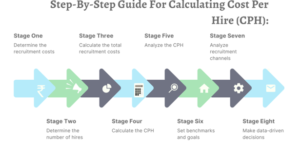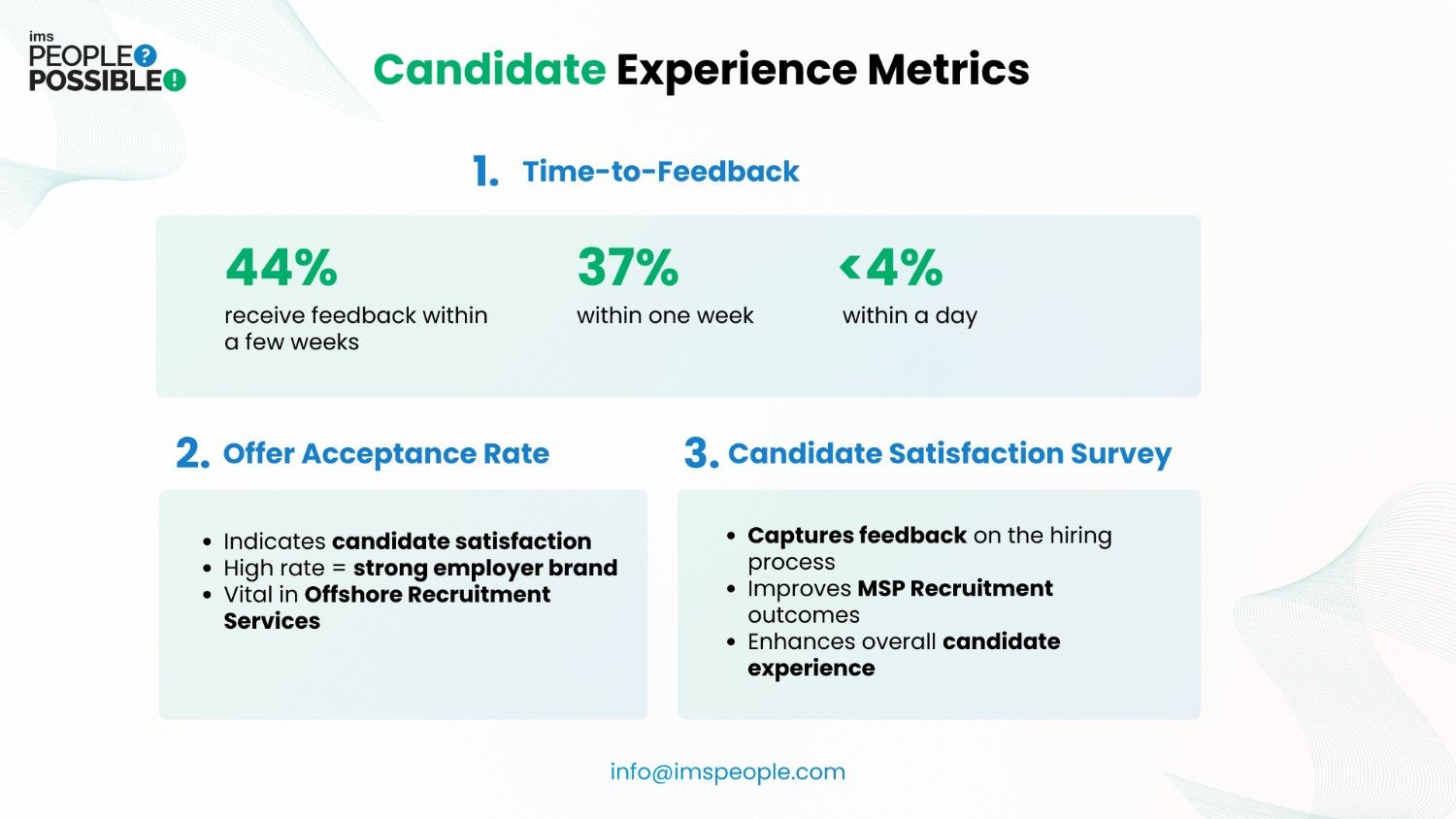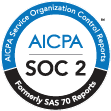Attracting top-tier talent remains a strategic imperative in today’s evolving business environment. This article examines the critical impact of analytics on enhancing recruitment and retention strategies. According to ManpowerGroup, 77% of companies reported talent shortages in 2023—the highest in 17 years.
In this context, data-driven recruitment reshapes how organisations source, assess, and retain talent, transforming traditional HR practices into strategic, metrics-led workforce management.
Unlocking the Value of Data‑Driven Recruitment
A fundamental shift is underway—organisations are transitioning from conventional processes to data-led models to gain measurable hiring efficiency and talent insights.
The Transition to a Data-Led Hiring Approach
Data-driven recruitment enables HR leaders to make informed hiring decisions aligned with performance outcomes. Over 70% of business leaders now prioritise people analytics. The global HR analytics market is projected to grow by 90%, reaching USD 3.6 billion within three years—underscoring the urgency for organisations to adopt data-centric models.
Why Metrics Matter in Talent Acquisition
In competitive markets, data enhances every stage of the hiring lifecycle—from sourcing candidates to improving role fit and reducing attrition. Workforce analytics also identifies engagement gaps, strengthens cultural alignment, and supports evidence-based strategies that increase employee satisfaction and retention.
Critical Hiring Metrics That Drive Performance
Measuring the Impact of Recruitment Efforts
Strategic recruitment begins with quantifiable metrics:
- Cost-Per-Hire (CPH): A benchmark for recruitment efficiency. In the U.S., the average CPH is USD 4,700.

Source: LinkedIn
- Time-to-Fill (TTF): With vacancies taking an average of 45 days to close, tracking TTF supports better planning and workforce continuity.
Assessing Sourcing Efficiency
Effective sourcing candidates requires a performance-based evaluation. Referral-based hires join faster—within 29 days—compared to 39 days via job boards and 55 days through career sites. The application-to-interview ratio is a key indicator of sourcing quality; low ratios may highlight issues in job advertising or platform relevance.
Our clients realise upto 50% Cost
Savings when they partner with us
Elevating the Candidate Experience Through Analytics
Delivering a positive candidate experience in recruitment is essential to attract and convert high-calibre talent. Key metrics include:
- Time-to-feedback: Only 4% of candidates receive feedback within a day, while 37% hear back within a week, and 44% wait several weeks.
- Offer acceptance rate: High acceptance rates indicate that the hiring process aligns with candidate expectations and market standards.
- Satisfaction surveys: Candidate feedback highlights friction points and provides direction for continuous process improvement.

Retention Insights: Metrics That Matter
Understanding turnover is essential to building a resilient workforce. Beyond numbers, organisations must examine the root causes of attrition.
Calculating Turnover Rates
The basic formula— (Exits ÷ Average Total Employees) × 100—offers initial insights. A 20% turnover ratereveals workforce instability that may require strategic intervention.
Diagnosing the Causes of Attrition
Exit interviews reveal critical insights. For instance, 80% of employees cite limited growth opportunities as their reason for leaving. One employer reduced turnover from 89% to 35% by implementing research-backed retention strategies, saving over USD 250,000 in recruitment and training costs.
Strategic Approaches to Recruitment and Retention
Strengthening Employee Recruitment Strategies
- Optimise job descriptions: Use hiring data to identify high-impact skills and tailor listings to attract qualified applicants.
- Refine interviews: Evaluate which questions and interview formats lead to long-term hires and restructure accordingly.
Enhancing Retention Through Development
- Targeted learning programmes: Performance data highlights skill gaps that can be addressed through customised development plans.
- Recognition programmes: Recognition remains a powerful motivator—40% of employees report they would increase output if recognised more frequently.
Empowering Recruitment Through Technology and Offshore Solutions
Tools That Support Data-Driven Execution
Modern HR platforms—applicant tracking systems, engagement dashboards, and performance tools—facilitate a seamless, data-enriched recruitment cycle. Organisations should choose platforms based on scale, usability, and alignment with growth goals.
Leveraging Offshore Recruitment Services for Scale
Integrating Offshore Recruitment Services provides scalable access to global talent, while maintaining control over quality and cost. Partnering with offshore experts enables flexible delivery across sourcing, screening, and onboarding—empowered by real-time analytics that ensure alignment with internal KPIs.
Leading Change with Data Literacy and Strategic Buy-In
Organisational resistance to data-centric hiring can be overcome through training, leadership endorsement, and showcasing measurable benefits—such as improved decision-making and resource efficiency. The global HR analytics market is expected to reach USD 8.59 billion by 2030, reflecting a strong shift towards data maturity in HR.
Conclusion: Transforming Talent Strategy Through Data
Data-driven recruitment is redefining success in talent acquisition and retention. By embedding analytics into core employee recruitment strategies, enhancing the candidate experience in recruitment, and adopting scalable models such as Offshore Recruitment Services, organisations gain strategic clarity and executional agility.
The future of recruitment lies in data-backed decisions that support sustained talent growth and organisational resilience.









